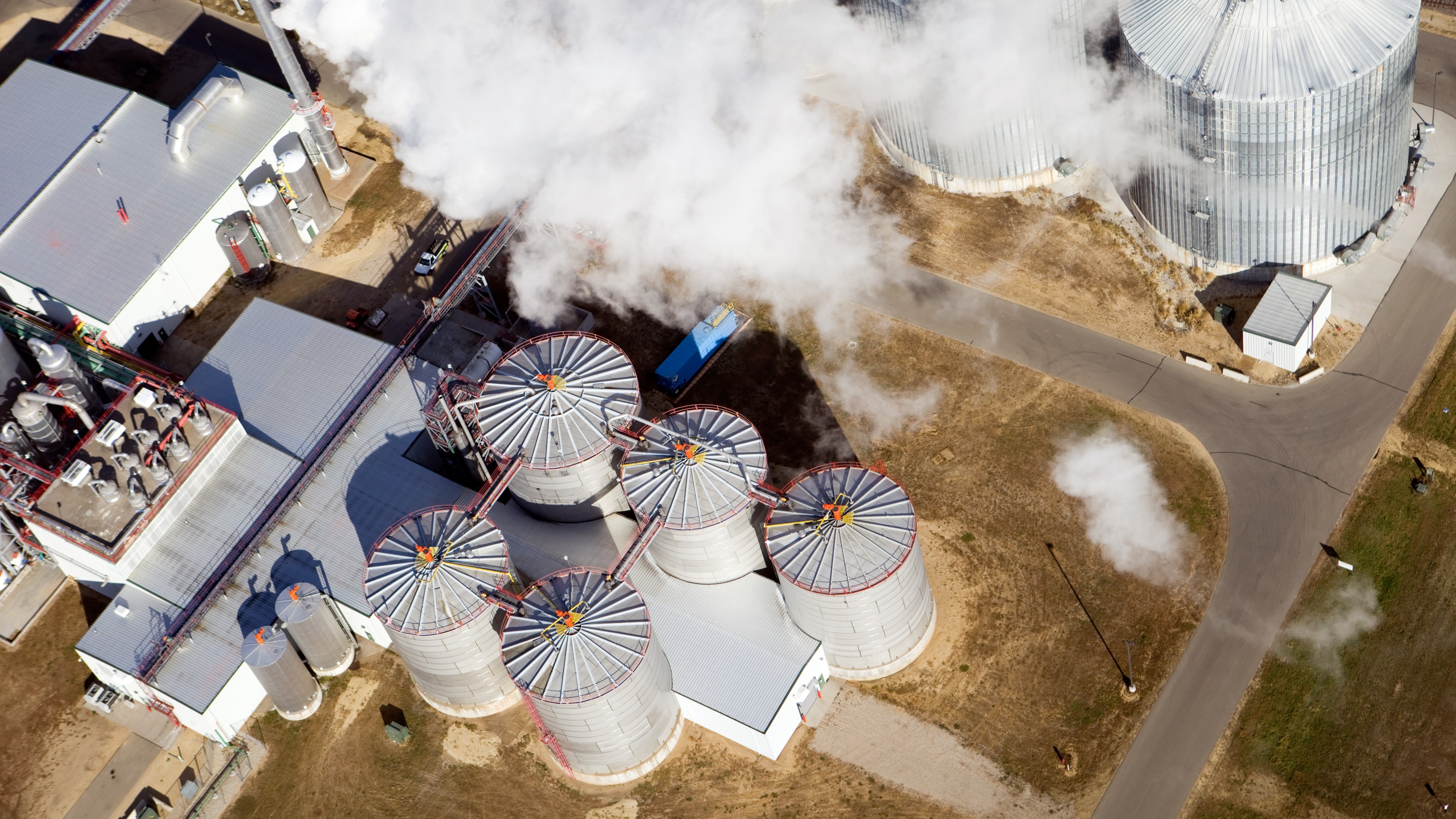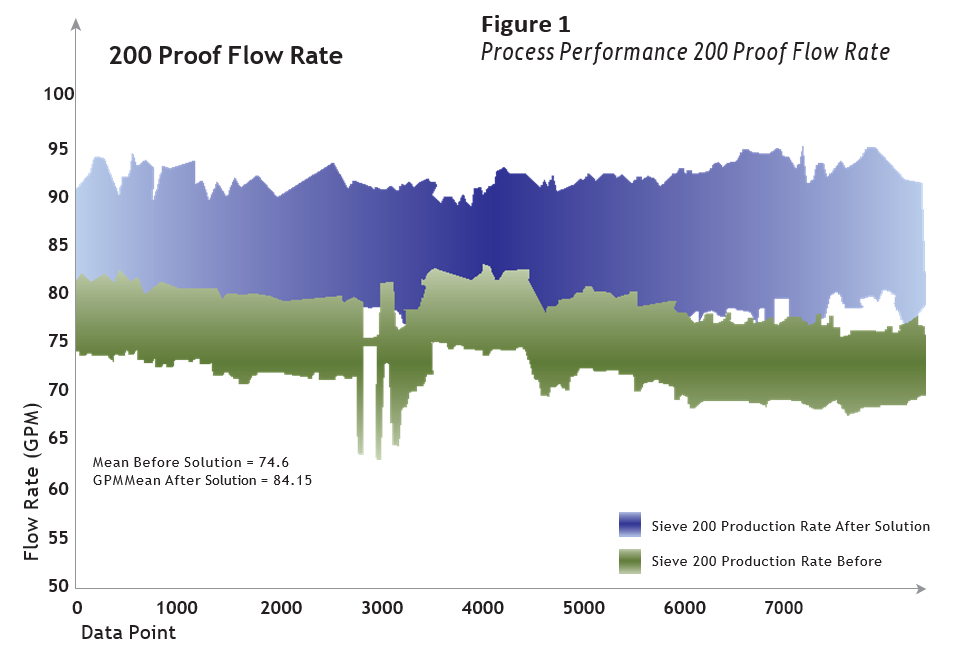Challenge: Maximize production while controlling costs to meet market dynamics
The United States continues to see sustained demand for fuel ethanol as more cities and states have adopted policies encouraging or requiring the use of ethanol in gasoline. Dry grind ethanol production also produces distillers dried grains with solubles (DDGS) and wet distillers grains with solubles (WDGS), which are in demand as livestock feed.
Thus, it’s not surprising that what began as a committee of farmers and businesspeople interested in building a value-added ethanol production facility quickly resulted in a full-scale ethanol plant. The plant is capable of grinding 13 million bushels of corn, producing 35 million gallons of ethanol, and generating more than 170,000 tons of wet and distillers dried grain per year.
The rapidly growing markets for ethanol, DDGS and WDGS mean that manufacturers face great pressure to maximize production while controlling costs. Because even the smallest variables in the complex production process can impact yield, time to market, operating costs and profit margin, ethanol producers must constantly balance market dynamics with operational efficiencies.


